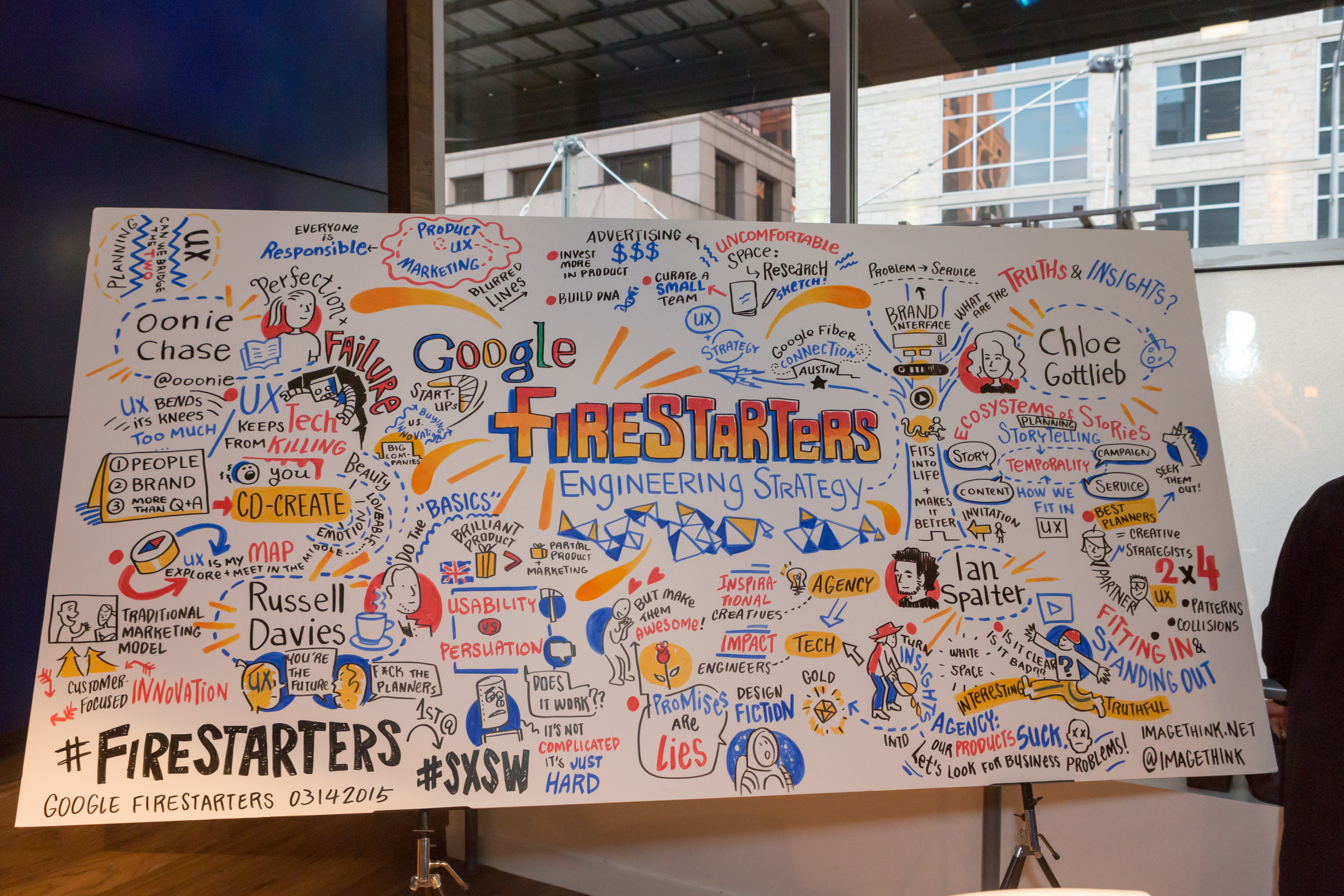
How much time do you get to tell your story in a video? How long until a viewer loses interest and clicks over to another link? Those are big questions for video marketers who compile content with timestamps in mind, the same way content writers typically compose with word count in mind.
Most marketers will agree that short-form video has become a great way to build awareness and drive people to the very top of your sales and marketing funnel. In fact, millions of videos are posted on Vine and Instagram daily. The short, concise video lengths help retain viewer engagement, as they require less time commitment.
However, some marketers are conflicted as to which platform ultimately has more impact with a brand's consumers and fans.
Should You Use Instagram or Vine?
To figure this out, let's first take a look at the history...
When Vine first arrived on the scene a few years ago, it initially prompted brands to experiment with short, looped video to showcase products and reinforce brand identity.
Similarly, since being bought by Facebook a few years ago, Instagram added the ability to share video clips on its wildly popular social media platform. And as its large user base continues to grow, Instagram is proving that brands can have more reach and engagement by using its platform.
Now, let's look at size (which does matter in this case). Instagram is definitely the bigger of the two, offering a 15-second limit for its videos, which is two and one-half times longer than the six-second limit Vine imposes on its users. Because 15 seconds is comparable to the length of an average TV commercial, marketers and brands can use Instagram to showcase much more visually compelling and content-rich videos.
Instagram can be used in myriad ways for creative advertising that users love. For example, a how-to video can be useful for answering consumer questions before they even contact customer service, providing immediate value. Or a narrative can be used by enabling audio on a video, giving a marketer the chance to retell the brand's story in innovative ways.
Additionally, there are millions of active users on Instagram, which makes for a very robust community for sharing content. For example, there is a section in the Instagram app where the Likes of the people you follow appear. That can create a new method of promoting your content, as having one follower can potentially open doors to many followers, creating a chain effect that grows exponentially over time.
The following are other key advantages for video marketing on Instagram vs. Vine.
1. Instagram has more users
As of March 2014, Instagram’s audience was 200 million; Vine's was 40 million. More importantly, Vine's growth slowed after Instagram introduced video capabilities.
2. Instagram is owned by Facebook, Vine by Twitter
Not only does Instagram have a larger audience, it is also owned by Facebook, which has a much larger audience than Vine's owner, Twitter. As of February 2015, Facebook had 1.23 billion active users, five times more than Twitter's 232 million. In terms of these numbers, marketers can potentially reach many more customers through Instagram than Vine. Instagram users can quickly and more easily tell the story about their product and share the content within Facebook's large user base, driving further engagement.
3. You can do a lot more in 15 seconds than six
Although it's easy to fall on your butt in a six-second Vine video, it's pretty challenging to create a meaningful marketing message in that amount of time. Instagram's 15-second maximum is much more generous, and it allows you to more effectively show extra details and content, as well as convey the overall story of a brand.
4. Instagram has filters
Beautiful filters are what really set Instagram apart from other networks. Not only can you share content on Instagram, but you also can create stunning video and images. Add to this other improved tools that Instagram offers over Vine, such as editing, integration, and cover image selection, and it's easy to see why brands may choose to use it over Vine.
Keep in mind that the customer base that typically uses and responds to Instagram videos are very social media-savvy and wise to marketing ploys. If a brand pushes out content that's too dry or appears too "advertisement-driven" (obviously aiming to boost sales), your videos will most likely be ignored and gain little-to-no traction.
* * *
Posting videos on Instagram is a chance for brands to communicate with their audience, rather than at them. Sharing compelling videos can give brands the opportunity to engage and delight users, connecting with them in a much deeper way across multiple social media platforms. And it's also a fun, creative way to stand out from the competition.
Read more: http://www.marketingprofs.com/opinions/2015/27567/four-reasons-video-marketing-on-instagram-is-so-much-better-than-on-vine#ixzz3Yo75cGjK





inShare